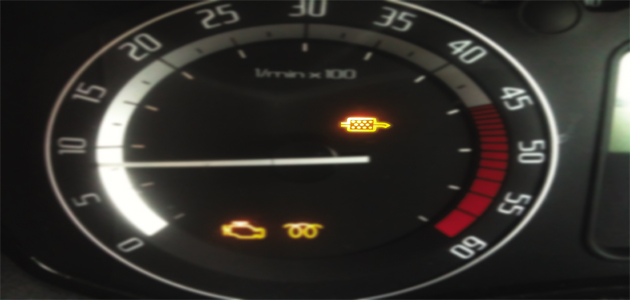
The exhaust emissions standards for new cars have effectively required fitment of a Diesel Particulate Filter (DPF) in the exhaust of diesel cars since 2009; this is when the ‘Euro 5’ standard as we know it came into force. In fact, many cars registered before 2009 will have had one fitted too, in anticipation of the change in standards.
Although the enforcement of these standards aims to deliver an 80% reduction in diesel particulate (soot) emissions, the technology certainly doesn’t come without its problems. Indeed, many of our independent garage customers are regularly getting visits from car owners, who have experienced an illuminated warning light or dashboard messages relating to a blocked DPF filter.
How do they work?
DPFs, or ‘traps’, do just that: they catch soot in the exhaust. As with any filter, they have to be emptied regularly to maintain performance. For a DPF, this process is called ‘regeneration’ – the collected soot is burnt off at a high temperature to leave only a tiny ash residue.
This regeneration process falls into two categories: ‘passive’ or ‘active’.
Passive regeneration
This takes place automatically on motorway type runs when the exhaust temperature is high. Because many cars don’t get this sort of use, VMs have to design an ‘active’ regeneration function where the ECU takes control of the process.
Active regeneration
When the soot loading in the filter reaches a set limit (about 45%) the ECU will initiate post-combustion fuel injection to increase the exhaust temperature and trigger regeneration. If the journey is a bit stop/start, or you take your foot off the accelerator while the regeneration is in progress, it may not complete and the warning light will come on to show that the filter is partially blocked.

It should be possible to start a complete regeneration and clear the warning light by driving for 10 minutes or so at speeds greater than 40mph. If the regeneration is unsuccessful, the extra fuel injected will not burn and will drain into the sump. In-turn, this will cause the oil quality to deteriorate and the level will rise. It is important to check that the oil level doesn’t increase above the maximum level on the dipstick as diesel engines can run on excess engine oil – often to the point of destruction.
If the driver ignores the warning light and continues driving in a relatively slow, stop/start pattern, soot loading will continue to build up until around 75% when you can expect to see other dashboard warning lights coming on too.
At this point driving at speed alone won’t be enough and the driver will have to take the car to the dealer for regeneration.
Dealer or no dealer?
Although a trip to the dealer is still all too common in this circumstance, that last sentence is not strictly true as some diagnostic tools these days offer the independent garage the capability to perform a ‘forced’ or ‘static’ regeneration in the workshop.
The Socio 400 diagnostic tool from TecnoDiagnostics is a good example as this utilises the best features of the Socio 300 Premium and the Socio 600 Premium tools by combining the use of a handheld unit with laptop-based software. A ‘forced’ DPF regeneration is just one of the functions that the tool boasts and we’ll show you an example of this in a later website article.









